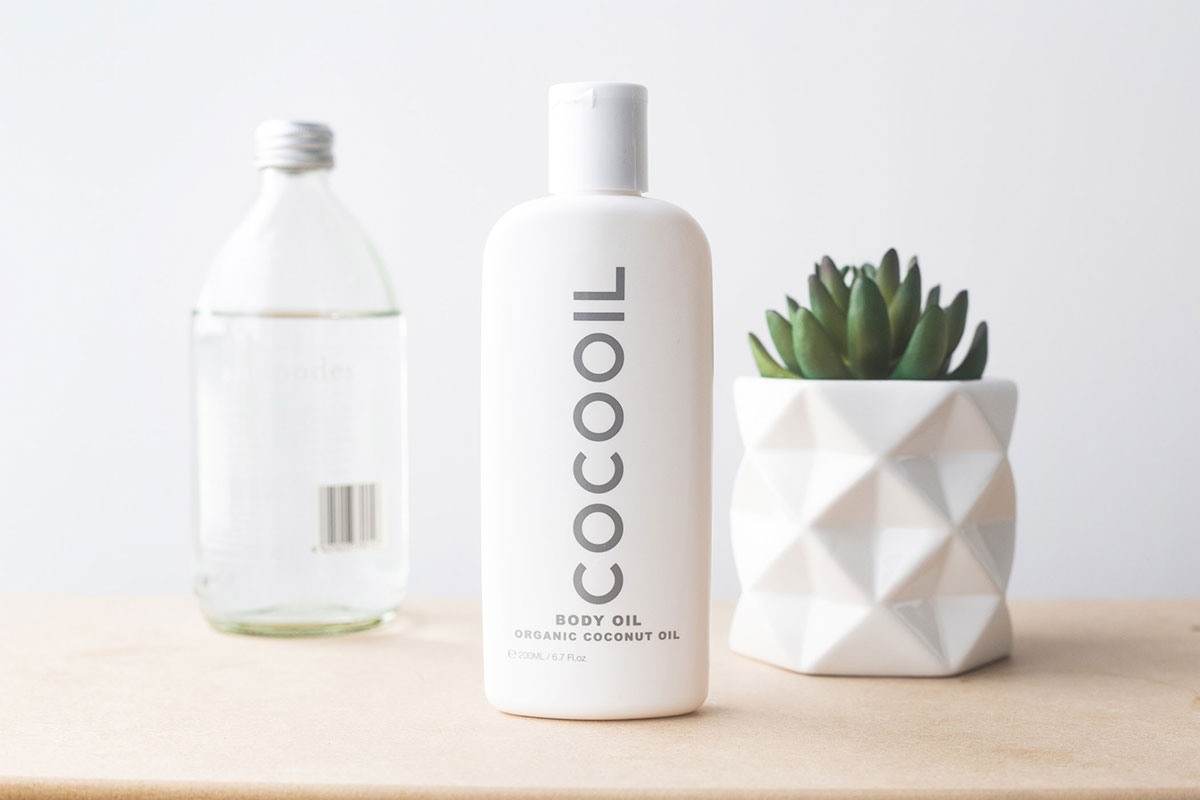Quick Verdict: The Smithey Cast Iron Skillet is a beautifully designed, heirloom-quality pan that delivers exceptional cooking performance. While it’s an investment, it’s one that pays off every time you step into the kitchen.
What is the Smithey cast-iron skillet?
Isaac Morton founded Smithey cast iron in Charleston, South Carolina on an appreciation for timeless vintage ironware. Morton began restoring old cookware and gifting it to friends and family. Smithey was born—a cast-iron cookware collection that marries traditional style and modern technology and processes.
Smithey Cast-Iron Skillet Features
Smithey Cast-Iron Skillet is a meticulously crafted piece, fully made in the U.S. from start to finish. Smithey’s dedication to traditional methods is evident, starting production in an Indiana foundry and completing each skillet by hand in Charleston, SC. The brand’s lifetime warranty reinforces its commitment to quality—whether defective or worn from normal use, Smithey offers repair or replacement.
Measuring 12 inches in diameter and 2.2 inches deep, the No. 12 is larger than the No. 10 skillet, making it ideal for family meals or batch cooking. Weighing 8.7 pounds, this solid cast-iron skillet features a traditional handle (which heats up during oven use, so handle with caution), dual pour spouts and hanging holes for convenience.
A distinguishing feature of the Smithey skillet is its signature polished interior finish. This unique attribute enhances its visual appeal and simplifies cleaning, though it doesn’t affect the cooking experience. The skillet’s vintage charm and practical design make it a display-worthy piece that performs well in any kitchen.
Unboxing & First Impressions
The packaging alone tells you this isn’t your average skillet. The skillet arrived nestled in protective wrap with a welcome note and care instructions. At first glance, the surface looked almost too pretty to cook with—glossy, smooth, and flawless.
Our Comprehensive 7-Step Testing Protocol
- Heat-Up & Temperature Stability Test: Using an infrared thermometer, we measured the skillet’s ability to reach target cooking temperatures on both gas and induction stovetops. The Smithey skillet consistently heated to 400°F within 5 minutes and maintained a stable temperature with fluctuations less than ±5°F over a 30-minute cooking period.
- Searing & Browning Performance: We seared USDA Prime ribeye steaks and wild-caught salmon fillets, assessing crust quality, Maillard reaction, and sticking behavior. The skillet delivered an even, deep brown crust without sticking, resulting in superior flavor development compared to other cast iron pans.
- Oven Baking Uniformity Test: Classic cornbread and vegetable gratin were baked at 425°F, with rotation halfway through. The skillet ensured even heat conduction, producing uniformly browned crusts and perfectly cooked interiors without hot spots or underbaked areas.
- Simmering & Sauce Reduction: We simmered a traditional tomato ragù at a controlled 200°F for 45 minutes to evaluate heat retention and scorch resistance. The skillet maintained a consistent gentle heat with no localized burning, allowing the sauce to develop rich, layered flavors.
- Cleaning & Maintenance Evaluation: Following manufacturer recommendations, we wiped excess food, rinsed with hot water, gently scrubbed when needed, dried thoroughly, and applied a light coat of oil after each use. The skillet resisted rust and maintained seasoning integrity throughout repeated cooking cycles.
- Surface Durability & Scratch Resistance: Over two weeks of daily use involving metal utensils and high-heat cooking, we inspected the hand-polished surface for scratches, wear, and corrosion. The finish showed remarkable durability with minimal signs of wear.
- Compatibility & Ergonomics Assessment: Tested across gas, electric, induction stovetops, and charcoal grills, the skillet demonstrated excellent versatility. The vintage-inspired handle stayed cooler longer than typical cast iron handles, improving safety and user comfort.
What We Loved ✅
-
Pre-seasoned and ready to use out of the box
-
Even heat retention and no hot spots and function
-
Hand-polished surface improves with each use
-
Vintage-inspired handle that stays cool longer
-
Easy to clean and maintain
What Could Be Better ❌
-
Price may deter casual cooks (but it’s built to last)
-
Heavier than most nonstick pans
 Who This Pan Is For
Who This Pan Is For
-
Home cooks who want quality cookware that will last
-
People who care about both form and function
-
Anyone tired of replacing cheap pans every year
-
Perfect gift for foodies, dads, or newlyweds
Not ideal for:
-
People who want something ultra-lightweight
-
Those unwilling to hand-wash and maintain cast iron
Caring for Cast Iron
I maintain a dedicated care routine to keep my cast-iron skillet in top shape. After each use, I remove any leftover food and scrub the skillet with a chainmail scrubber to clean it without damaging the surface. I then dry it immediately to prevent rust and apply a thin layer of oil—grapeseed oil is my go-to, though vegetable or canola oil works well, too.
If the skillet looks dull, grey or sticky, it’s time for re-seasoning. I make sure to re-season every few uses, especially after cooking acidic foods. My process is simple: I apply a thin layer of grapeseed oil across the clean skillet, bake it upside down in the oven at 450 degrees for an hour and let it cool completely before storing it away. This routine keeps my skillet smooth and well-seasoned for the long haul.
Smithey Customer Service
I can’t praise Smithey’s customer service enough. They truly stand behind their lifetime warranty and are quick to assist if your cookware is defective or wears down with normal use. After cooking bacon, my skillet’s seasoning wore off, revealing a stark silver where the bacon had rested. The support team walked me through the re-seasoning process, and soon enough, it looked as good as new. (For more pro tips, be sure to check out our ultimate guide to cooking with cast iron.)
What Other Reviewers Had to Say
Reviewers are blown away by Smithey’s heirloom quality and aesthetic appeal. It cooks like a dream and cleanup is a breeze.
Five-star reviewer Robert B. calls his Smithey cast-iron skillet a gem. “There is no comparison between this one and a run-of-the-mill cast-iron skillet. It gets better with use. This is an investment in quality and a very well-American-made product that will stand the test of time.”
Verified buyer Sean A. loves this skillet. “I’m a collector of fine iron cookware. Most of which are from the past. This skillet is by far the most well-made and efficient of any in my multiple-skillet collection. Excellent product. Thank you, Smithey.”
The main complaint—other than price—that users shared in the reddit castiron group is that Smithey’s smooth surface doesn’t hold seasoning well. User firecaptaion104 says, “I love the looks of mine and all. But I cannot for the freaking LIFE of me get it to hold seasoning.”
Product Comparison
Another popular and recognizable brand in the cast iron sphere is Lodge. The biggest factor that sets the Lodge cast iron pan apart from the Smithey is the price; a similarly sized Lodge cast iron pan would only run for around $30. However, the Smithey comes with a smoother interior, as well as a thicker and more durable material, which retains heat slightly better than its counterpart. But both pans perform excellently when it comes to searing, frying and baking, even over long periods of time.
Final Verdict
Smithey Ironware is not the cheapest option — but it might be the last skillet you ever need to buy.
The craftsmanship, cooking performance, and overall experience make it a standout. If you cook often (or want to), this skillet can make every meal feel a little more special.
Where to Buy Smithey Cast Iron





Smithey cast iron can be purchased on Smithey’s website
FAQ
How do you clean a Smithey cast-iron skillet?
To clean my Smithey cast iron, I gently wash it under warm water, occasionally adding a bit of baking soda to neutralize odors—especially after cooking something like fish. While the skillet is still warm, I apply a thin layer of vegetable oil or seasoning oil to maintain the seasoning. For stubborn, stuck-on food, I use a metal spatula (which is also great for flipping fish and eggs) or a chainmail scrubber with a dab of dish soap to loosen it up. Keep in mind, cast iron is not dishwasher-safe, and soaking it in water will cause rust. After cleaning, I make sure to dry the skillet thoroughly. Regular use keeps your Smithey healthy because the oils from cooking help enhance the seasoning.
How do you season a Smithey cast-iron skillet?
Seasoning is essential for any cast iron. I prefer using the stovetop method: after cleaning, I apply a thin coat of oil with a paper towel and heat the skillet until it reaches a searing temperature, just when the oil starts to smoke. I recommend turning on a fan during this process. Afterward, I wipe another light coat of oil onto the hot skillet, letting it cool down. This process darkens the pan and improves its nonstick surface.
For the best performance, season your cast iron regularly. Each use erodes the seasoning, so routine re-seasoning helps maintain a nonstick surface and protects the skillet from moisture and air. Our seasoning guide provides step-by-step instructions, emphasizing that light, even coats of oil create the best seasoning, and the full layer develops with frequent use.
Is Smithey cast iron pre-seasoned or nonstick?
Smithey cast iron comes pre-seasoned with multiple layers of oil, so it’s ready to use right out of the box.
Although Smithey cast iron isn’t coated with a nonstick surface, it becomes naturally nonstick with regular use. To maximize this, I recommend preseasoning with grapeseed oil and adding layers of seasoning over time. Frequent use enhances the pan’s nonstick qualities, making it a reliable kitchen tool for years to come.
What to look for when shopping for a cast iron skillet?
A few considerations to make when deciding on the right cast iron skillet are the size, shape and weight. According to Rachael Narins, the most common size for a cast iron pan is 10-inch. “This works for most people cooking for 2-4 people,” she says. “If you’re enticed by a smaller pan, especially those cute four inch-ers, just make sure it’ll rest evenly on your burner.”
Then you have to decide between traditional round or square pans, which each have their own purpose in the kitchen. “If you go for a traditional round skillet, a small helper handle (the tab opposite the handle) and side pour spouts are really helpful,” Rachael says.
Finally, don’t forget to consider weight. “There is no denying cast iron can be quite heavy, especially once you’re done cooking and need to move it off the stove. Keep that in mind when picking one out,” Rachael says. “There are light-weight cast iron pans on the market which may be a nice option if lifting is a concern.”














